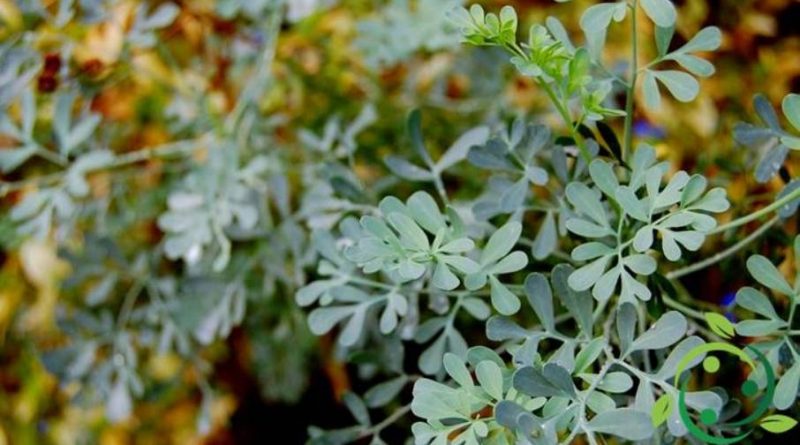How to grow Ruta
How to grow Ruta
The common rue (Ruta graveolens L.) is a herbaceous species that belongs to the Rutaceae family. It is a plant characterized by a pleasant aroma, not excessively strong and is often used to flavor the grappa while the seeds are used to flavor the game meat. In this sheet we see how to cultivate the Ruta and the most appropriate techniques.
The ideal terrain for the cultivation of the route is medium dough, free of water stagnations and rich in coarse material. In nature, the rotting plant vegetates on dry soils, poor in organic matter and predominantly stony. The optimal position for the growth of the rotting plant is in the sun.
The cultivation of the route is also possible in a protected environment to anticipate growth, then transplanting it directly to the abode in the autumn. In case you choose the early cultivation it should be done in the second half of February. For land sites we recommend those made up of half sand and half of the general soil for sowing, you can also incorporate a certain amount of peat.
The environment must maintain a constant temperature of 18 degrees to favor sprouting, watering should be done by keeping the ground just wet and avoiding excesses.
Planting involves the cultivation of spaced plants of at least 60 cm apart from each other.
The sowing of the route takes place in spring or autumn.
As far as multiplication is concerned, replication of the route plan can be done by division of the bushes, by cuttings and by seed. Reproduction by division may be carried out in the spring period directly to the dwelling or in the pot.
Seed cultivation is carried out in the spring after the disappearance of the last late frosts; In this case, 1-3 seeds are placed in deep 2-3 cm posters spaced 50-60 cm apart and between the files. So placed seeds are covered with a thin layer of soil.
The semi-woody cuttings must have a length of 7-12 cm; Can be harvested in summer and placed in boxes or vases in a semi-shaded place.
Woody cuttings that will have a length of about 15 cm can be picked up and planted directly at home in the spring or autumn.
Both types of cuttings can be treated in the cutting section with root-based products to facilitate rooting.
As for harvesting leaves for fresh use, this should be done before flowering of the plant.
However, it is possible to maintain the green parts of the route. Leaves and stems are collected before flowering being at that stage loaded with nutrients and fairly tender to be consumed. The ramifications are collected in bunches and let them dry in a sheltered place with sunlight and well ventilated.
With regard to cultivation techniques, periodic weeding interventions will be necessary to avoid excessive growth of weeds. In the spring period it is possible to perform a slight pruning operation to facilitate vegetative recovery and at the same time eliminate old or diseased vegetation. Watering will not be necessary except in intense heat periods, in this case should be done in the early morning or in the evening with water at room temperature, avoid excesses in any case. Concerning fertilization is not indispensable, however, the distribution of well-matured manure in winter can favor the development of a lush vegetation the following year.
During the winter period it is also possible to make the ground to the base of the drums to protect them from frost.
Among the adversities of the route are the Macaone: it is a moth whose larvae feed on the foliage. In addition, the route plant may be subject to cryptogamic diseases such as: Oidio eRuggine (Aecidium rutae).

